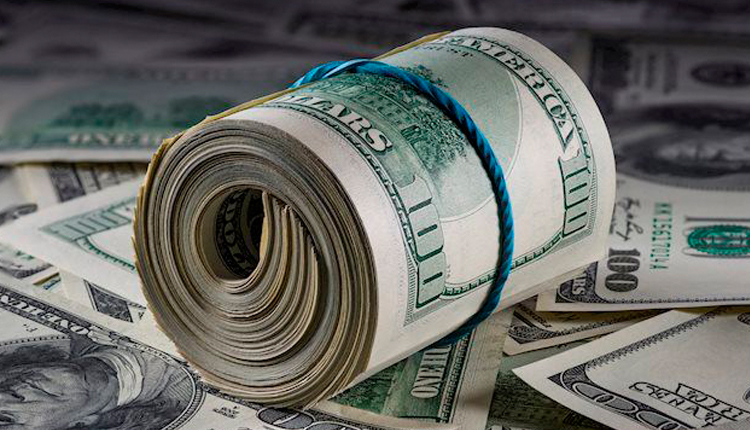Dollar fell against the yen on Tuesday as receding hopes for a preliminary trade deal between the United States and China hurt demand for the greenback.
The yuan touched a two-week low versus the greenback amid doubts about the U.S.-China trade war.
The Australian dollar also fell after minutes from a Reserve Bank of Australia policy meeting showed central bankers considered cutting rates this month.
There have been high expectations that the United States and China would sign a so-called “phase one” deal this month to scale back their 16-month long trade war.
But the dollar took a hit on Monday after CNBC reported that China is pessimistic about agreeing to a deal, which suggests a resolution to perhaps the biggest risk to the global economy remains elusive.
“The dollar tried to break above 109 yen, but it couldn’t because of worries about the trade deal,” said Junichi Ishikawa, senior foreign exchange strategist at IG Securities in Tokyo.
“The Treasury market is starting to reflect similar concerns about the lack of a trade deal,” Ishikawa added. “This will keep dollar/yen in a narrow range.”
The dollar fell 0.11 percent to 108.55 yen, following a 0.09 percent decline on Monday.
The dollar was quoted at $1.1067 per euro on Tuesday in Asia after falling to the lowest in almost two weeks.
Against a basket of six major currencies, the dollar index stood at 97.856, close to a two-week low.
The yield on 10-year Treasury notes fell slightly to 1.8049 percent in Asia, also approaching a two-week low as uncertainty boosted demand for the safety of government debt.
Citing a government source, CNBC reported on Monday that Beijing was pessimistic about a trade deal with the United States, troubled by Trump’s comments that there was no agreement on phasing out tariffs.
In the onshore market, the yuan fell to a two-week low of 7.0295 per dollar.
Washington and Beijing have imposed tariffs on each other’s goods in a bitter dispute over Chinese trade practices that the U.S. government says are unfair.
The tariffs have slowed global trade and raised the risk of recession for some economies. Many economists say the drag on global growth will remain as long as tariffs are in place.
Currency traders were also wary of the dollar after Trump met U.S. Federal Reserve Chairman Jerome Powell on Monday amid the U.S. president’s repeated criticism that the Fed has not lowered interest rates enough.
“Everything was discussed including interest rates, negative interest, low inflation, easing, Dollar strength & its effect on manufacturing, trade with China, E.U. & others, etc.,” Trump tweeted soon after the meeting, calling the session “good & cordial.”
In a statement, the Fed said Powell’s expectations for future policy were not discussed, but Trump has for more than a year said the Fed was undermining his economic policies by keeping interest rates too high.
Elsewhere in the currency market, the Australian dollar fell 0.25 percent to $0.6789 and declined 0.36 percent to 73.73 yen.
Australia’s central bank “agreed a case could be made” for another cut in the 0.75 percent cash rate at its November meeting given unwelcome weakness in wages growth and inflation, minutes published on Tuesday showed.
The RBA decided to hold steady, in part because of worries that further easing would harm savers and confidence.
The central bank has already cut rates three times since June to an historic low.
The Aussie took a hit last week after data showed Australian employment suffered its sharpest fall in three years in October, underlining the need for stimulus.
Source: Reuters



